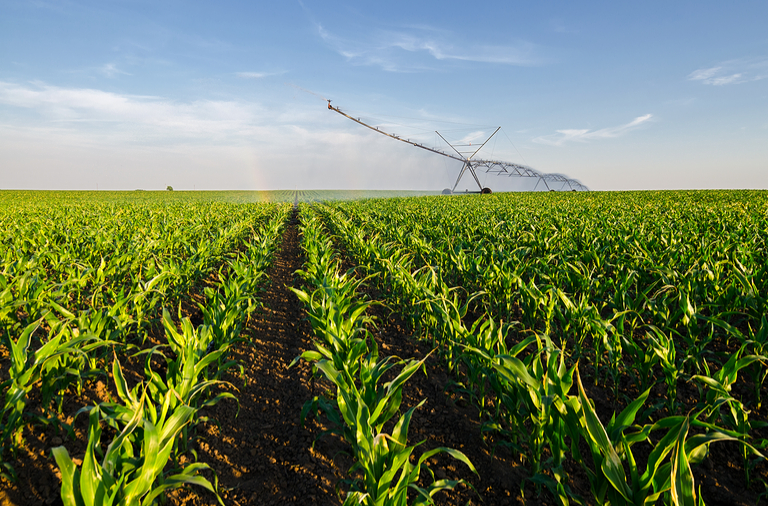The ingenious low-cost vertical farms of Willem Van Cotthem are within reach of everybody.
Vertical farming has become a popular idea, but what is mostly forgotten is that the energy required for the operation and construction of vertical farms largely negates the ecological advantages. This also applies to small-scale systems, like those of Philips (a concept) or Inka Biospheric Solutions (a product).
A while ago two New York ladies made headlines with their “Window farms“, described as a kind of low-tech indoor vertical farming system (illustration on the right). Upon a closer look, however, I found the method to be rather high-tech and cumbersome, in spite of the use of plastic bottles. A window farm is based on hydroponics, it makes use of lamps, pumps and electricity, it still requires you to buy quite a lot of new stuff, and the whole thing would surely come crashing down if I were to install it.
The Belgian professor Willem Van Cotthem seems to have designed a do-it-yourself vertical kitchen garden system that truly deserves the low-tech label. On his blog, “Container Gardening“, he explains how to transform normal plastic bottles into efficient containers (and a container rack) for growing all kinds of plants, even young trees (to be transplanted when reaching sufficient height). The beauty is that the water supply can be automated without the use of electricity, and that his way of installing a vertical garden looks much simpler and sturdier.
Willem Van Cotthem is a researcher specializing in combating desertification, an occupation he describes on his other blog, “Desertification“. Here lies the origin of his low-cost, low-tech methods to grow plants and crops. Van Cotthem manages to grow vegetables and fruits in the middle of the desert with minimal water (pictures). Apart from the methods using plastic bottles described above, he also uses mini-greenhouses made of trash (yoghurt pots, plastic bags) to produce vegetable and (fruit) tree seedlings. All systems can be used both indoors and outdoors.
What all these methods have in common, is that they hardly use any water, basically by minimizing evaporation. Moreover, because of the low cost (using 100 percent trash), the systems can be used even by the poorest of people. Plastic rubbish is, unfortunately, everywhere. Van Cotthem’s blogs can be a bit chaotic to navigate, but his work is definitely worth a look.
© Kris De Decker (edited by Matt Hill). Thanks to Theo Lalleman for the tip.





